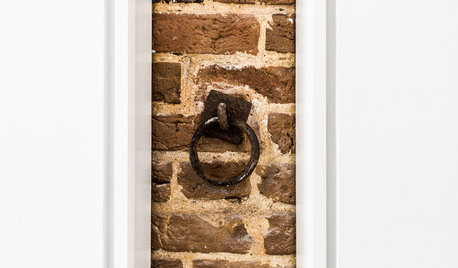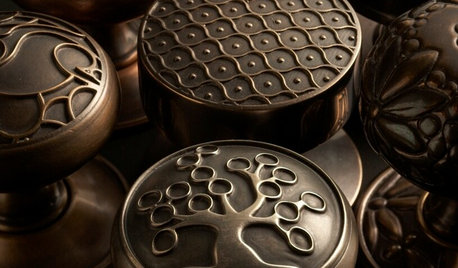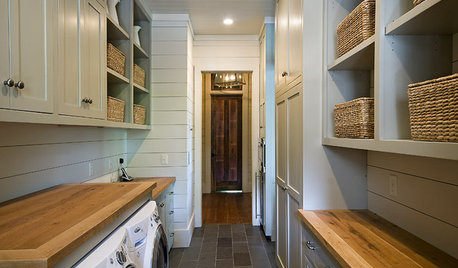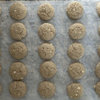Jasdip, about your 'Better than Pam'
shambo
12 years ago
Related Stories

LIFEYou Said It: ‘Rather Than Remove Them, They Framed Them’
Design advice, inspiration and observations that struck a chord this week
Full Story
WORKING WITH PROS10 Things Decorators Want You to Know About What They Do
They do more than pick pretty colors. Here's what decorators can do for you — and how you can help them
Full Story
GREAT HOME PROJECTSNew Hardware Gives Doors a Turn for the Better
New project for a new year: Get a handle on how to find the knobs, levers or pulls that will make your doors memorable
Full Story
LIFE3 Ways to Get Unstuck — About Organizing, Decorating, Whatever
Break out of the do-nothing rut to accomplish your goals, whether at home or in other parts of your life
Full Story
GARDENING GUIDESNew Ways to Think About All That Mulch in the Garden
Before you go making a mountain out of a mulch hill, learn the facts about what your plants and soil really want
Full Story
PETSWhat Chihuahuas Can Teach Us About Interior Design
Who knew these tiny dogs could be such a huge fount of design tips? Houzzers did
Full Story
GARDENING AND LANDSCAPING10 Ways to Enjoy Your Outdoor Room More
Step up the comfiness and convenience of your porch, patio or yard to make time spent outdoors even better
Full Story
DECORATING GUIDESFresh Take: 13 New Ways With Animal Prints
Here’s what designers know about these vibrant patterns and what they can add to a room
Full Story
BEDROOMS7 Tips for Designing Your Bedroom
Learn how to think about light, layout, circulation and views to get the bedroom of your dreams
Full Story
KITCHEN DESIGN6 Ways to Rethink the Kitchen Island
When an island would be more hindrance than help, look to these alternative and very stylish kitchen setups
Full Story




Jasdip
bbstx
Related Discussions
Jasdip - your Better Than PAM recipe
Q
Another thank you for Better Than Pam
Q
JasDip; How much do I love the 'Better Than Pam' coating
Q
When your co-worker grows your plants better than you can
Q
teresa_nc7
Jasdip
arley_gw
lindac
pris
Jasdip
centralcacyclist
Jasdip
arkansas girl
pris
shamboOriginal Author
pfmastin
pfmastin
shamboOriginal Author
sooz
Jasdip
arkansas girl
cynic
arley_gw
Lars
shamboOriginal Author